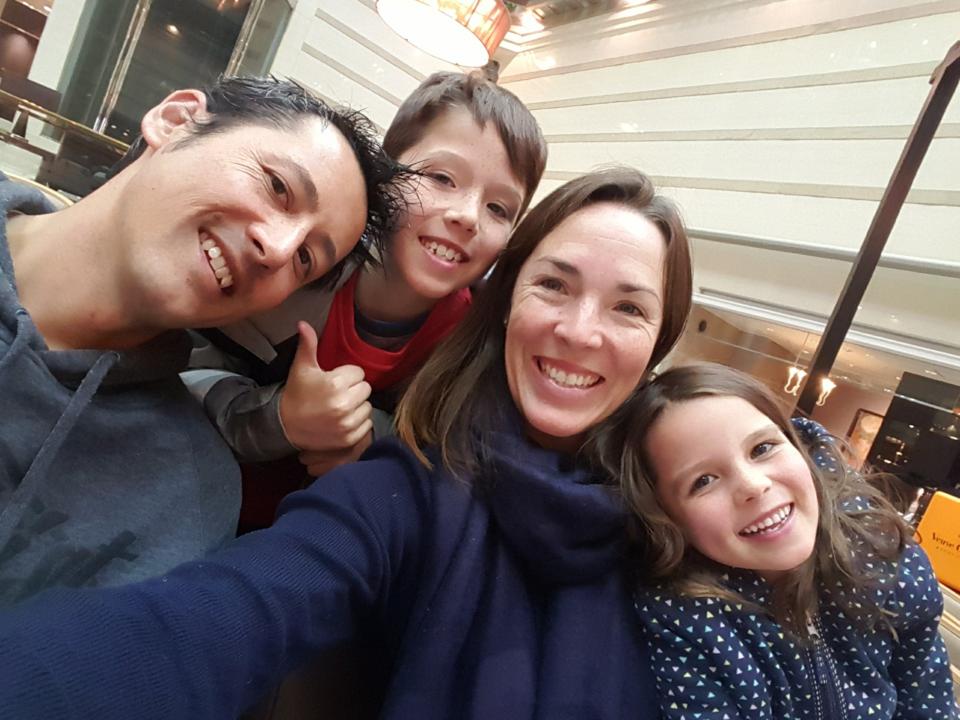Every night on Heron Island, baby turtles are wriggling and cracking their way out of their eggs and waddling their way to the ocean for the first time.
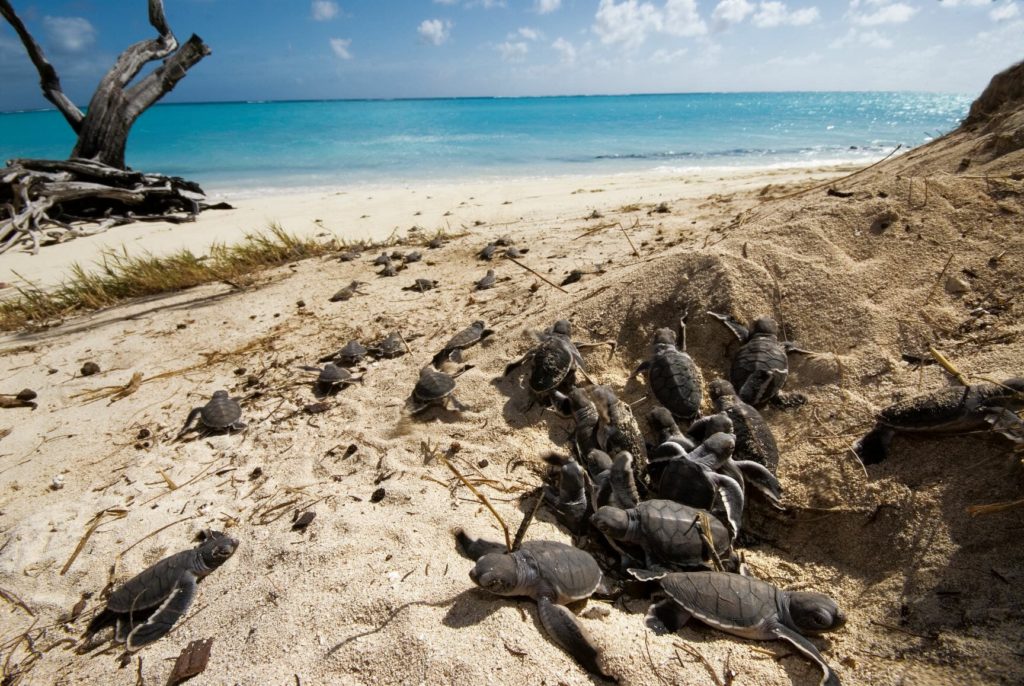
Turtles hatch at Heron Island. Picture: Tourism Queensland
At this time of year, the turtle hatching is a constant. What’s really special about this island is that you don’t have to go far from your hotel room to see this awesome event.
If you stay here – you don’t need to catch a boat to the reef – you are on it, it in, surrounded by it.
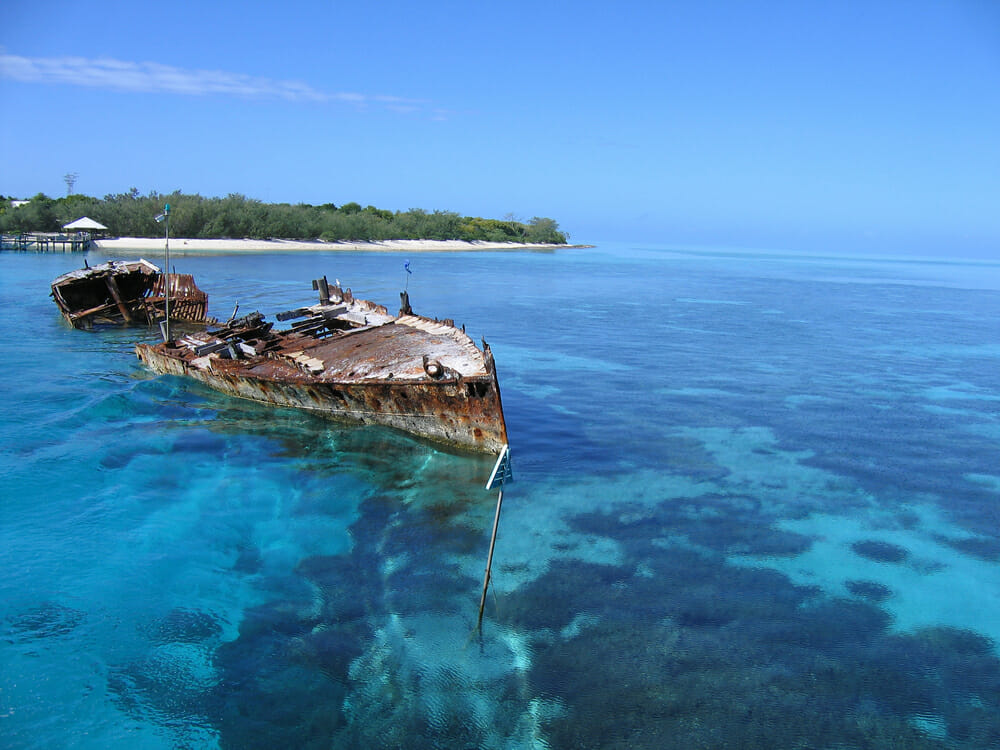
The wreck on Heron Island is not far from the beach. Picture: Shutterstock
Heron Island is a coral cay. Sand built up over time to form an island in the middle of Australia’s Great Barrier Reef. Seeds dropped by migrating birds eventually grew into a wild canopy, a safe haven for muttonbirds and Pacific Reef Heron – after which the island is named.
For families, this really is the easiest and best place to visit the Great Barrier Reef. Heron Island is one of the southern Great Barrier Reef islands and is unaffected by any of the coral bleaching that has occurred further north. The island is easily accessible by ferry from Gladstone. For kids this ferry ride is incredible – they won’t believe the colour of the water and sometimes dolphins will swim along with the boat.
Heron Island has one resort and one marine research station. It feels exclusive, small and intimate.
You can walk around the Island in about 40 minutes. But trust us, you won’t be able to do it that fast. You will get distracted by coral, reef sharks, sea cucumbers, rays and fish. All of which you can see from the beach.
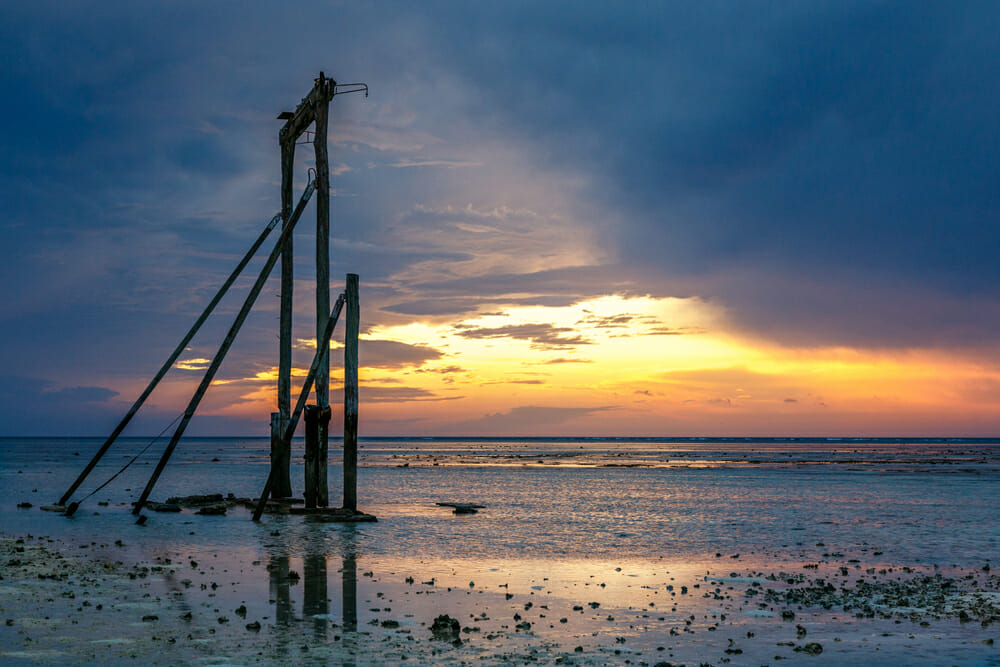
Sunset at Heron Island. Picture: Shutterstock
To get to the reef, just pop on your flippers and snorkel and wade in. For deeper snorkelling head over to the wreck – if you’re lucky you will see a reef shark among hundreds of colourful fish species. Brave snorkellers can head to “shark bay” where reef sharks, wobbegongs and nurse sharks line up waiting for the tide to be high enough for them to swim over the inner reef.
But the real stars of this island are the turtles.
January marks the beginning of Baby Green and Loggerhead Turtle hatching season, a cycle that will continue from now for five months leading into May. Undeterred by human presence the hatchlings emerge from their sandy nests between 25 to 50 metres from shore and make their way to the reef, just beyond the water’s edge.
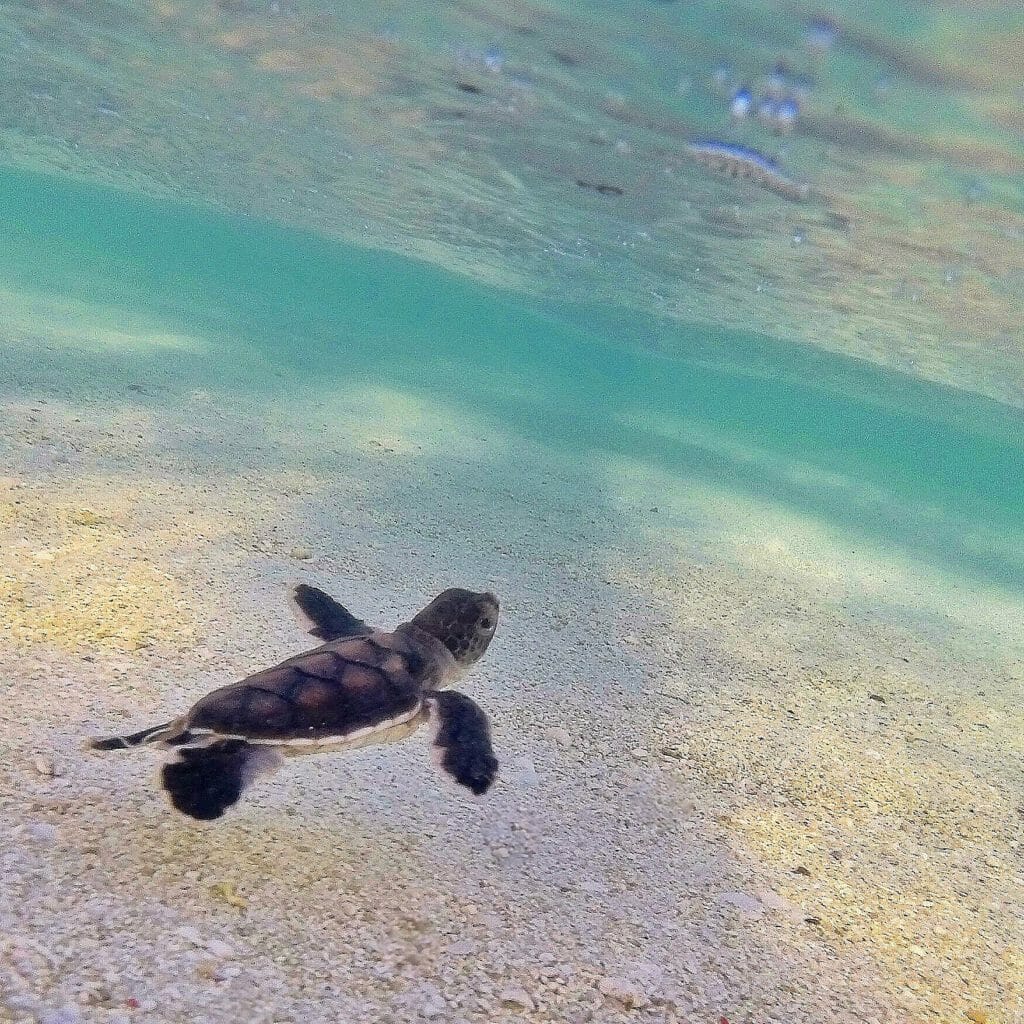
A baby turtle swimming on Heron Island Australia. Picture: Heron Island.
The journey is perilous – many are eaten by gulls, larger fish and other predators. Those who do make it will come back to the same spot to lay their own eggs year after year.
“During turtle hatching season the baby’s journey to the sea is an imprint on the environment to them so they know to return to these sands as mature adults, it’s therefore very important that they’re permitted to make their own journey to the water without assistance or hindrance,” Tony Barradale, Heron Island’s General Manager says.
Barradale lives on the island and loves to entertain guests with his many facts about turtles life, biology and the precious eco-system they live in. Heron Island is a protected habitat and national marine park. The turtles return each year from October to December to nest on the island sands, which they themselves hatched on up to 30 years earlier.
Naturalist guides on Heron Island lead educational tours observing the hatchlings. The best time to see them is in the evening two hours each side of the high tide. Just imagine watching the sunset over the water as the baby turtles wriggle their way down the sand. It is something you and your children will never forget.
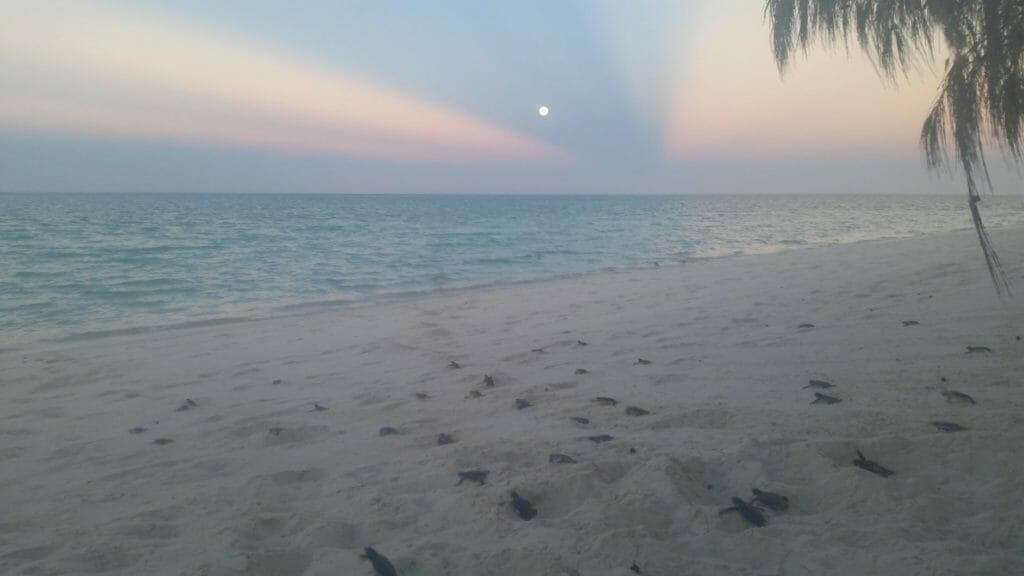
Turtles hatching on Heron Island. Picture: Heron Island Resort
Bed and breakfast turtle hatching packages to Heron Island start from $347AUD per night. This price is for double occupancy, including daily buffet breakfast, a turtle gift, turtle talk and snorkelling trip for two.
READ MORE:
Great Barrier Reef islands you can camp on
What kids think of snorkels, sun and sea turtles

